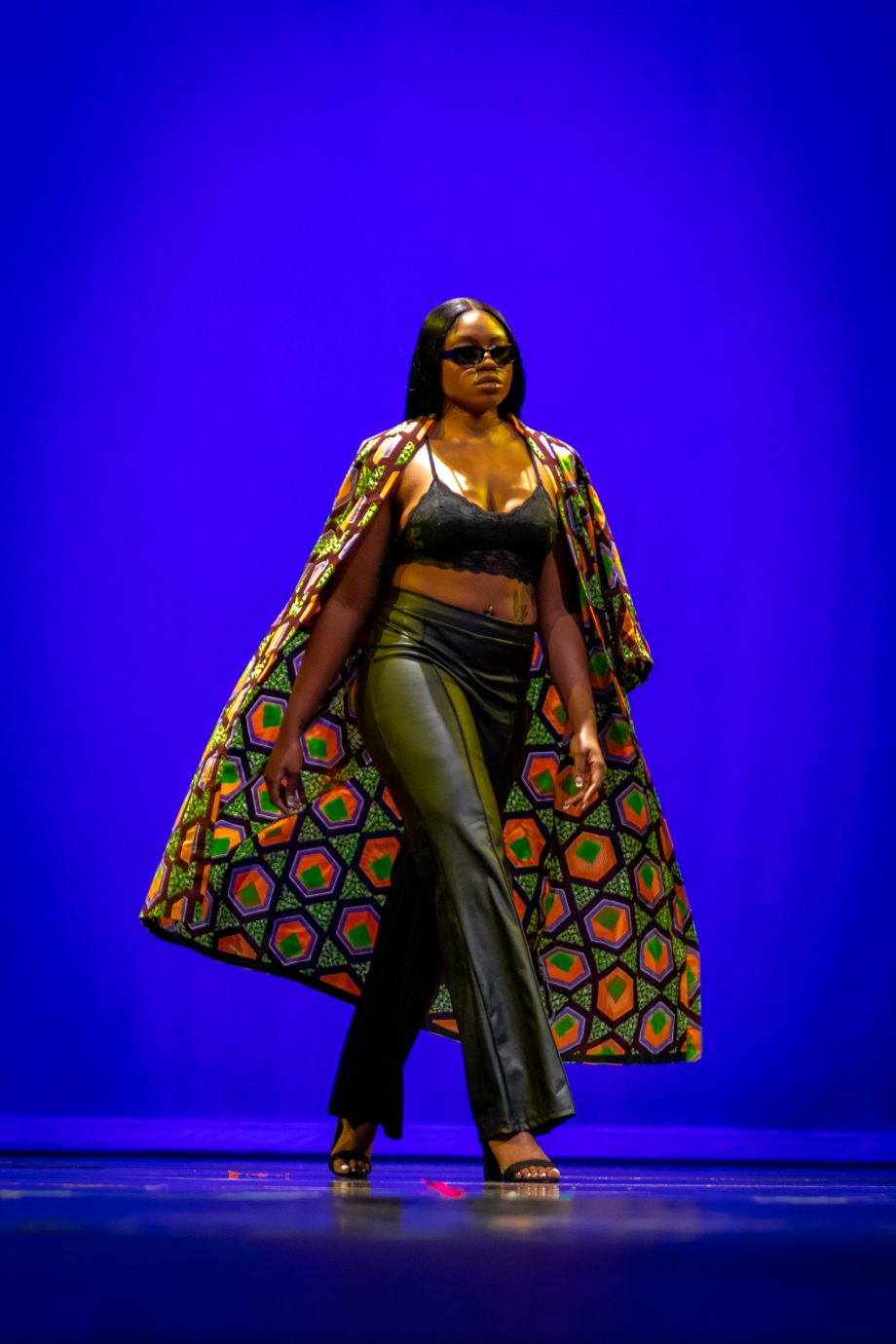African prints and textiles are some of the most recognizable and vibrant fabrics in the world. From the bold and colorful wax prints of West Africa to the intricate beadwork and weaving of East Africa, African textiles are a celebration of heritage, identity, and innovation. In this post, we will explore the origins, production, and cultural significance of some of the most iconic prints and textiles of Africa.
West African Wax Prints
West African wax prints, also known as “African prints,” are a colorful and distinctive fabric that originated in the Netherlands in the 19th century. They were originally intended for the Indonesian market but quickly gained popularity in West Africa, where they were adapted to suit local tastes and cultural traditions. Today, wax prints are produced in West Africa, primarily in Ghana and Nigeria, and are worn by people of all ages and genders for both everyday wear and special occasions.
Wax prints are made using a batik-style technique in which melted wax is applied to the fabric to create a resist, which is then dyed. The wax is removed to reveal the pattern, which typically features bold and vibrant colors, geometric shapes, and symbolic motifs. Wax prints are often used to create traditional West African clothing, such as dashikis, boubous, and kaftans.
East African Beadwork
East Africa is known for its intricate and colorful beadwork, which is used to create a wide range of jewelry, clothing, and accessories. Beadwork has a long history in East Africa, with archaeological evidence suggesting that beads were traded in the region as early as 2000 BC. Today, beadwork is still an important aspect of East African culture, with many artisans using traditional techniques and designs to create contemporary pieces.
Beadwork is typically produced by hand, using a variety of materials, including glass, bone, and wood. The beads are often arranged in intricate patterns and designs, with colors and shapes chosen to represent specific cultural or spiritual beliefs. Beadwork is used to create a wide range of items, including necklaces, bracelets, earrings, and clothing embellishments.
South African Shweshwe
Shweshwe is a distinctive printed fabric that originated in South Africa in the 19th century. It was originally produced in England and exported to South Africa, where it was used to make clothing for the Xhosa people. Today, shweshwe is still produced in South Africa, primarily in the Eastern Cape, and is worn by people of all ages and genders for both traditional and contemporary clothing.
Shweshwe is typically made from 100% cotton and is characterized by its distinctive indigo blue color and intricate geometric patterns. The fabric is often used to create traditional Xhosa clothing, such as the isishweshwe dress, but is also used to make contemporary clothing and accessories.
African prints and textiles are a testament to the rich cultural heritage and creativity of the African continent. From the bold and vibrant wax prints of West Africa to the intricate beadwork and weaving of East Africa, African textiles are a celebration of color, pattern, and tradition. Whether worn for everyday wear or special occasions, African prints and textiles are a source of pride and identity for people across the continent. By continuing to preserve and promote traditional textile techniques, African designers and artisans are ensuring that this vibrant heritage will continue to thrive for generations to come.

Enjoyed this read, and thanks for sharing new african textiles with us. Would have loved to see beautiful images of beadwork and shweshwe… but great piece!